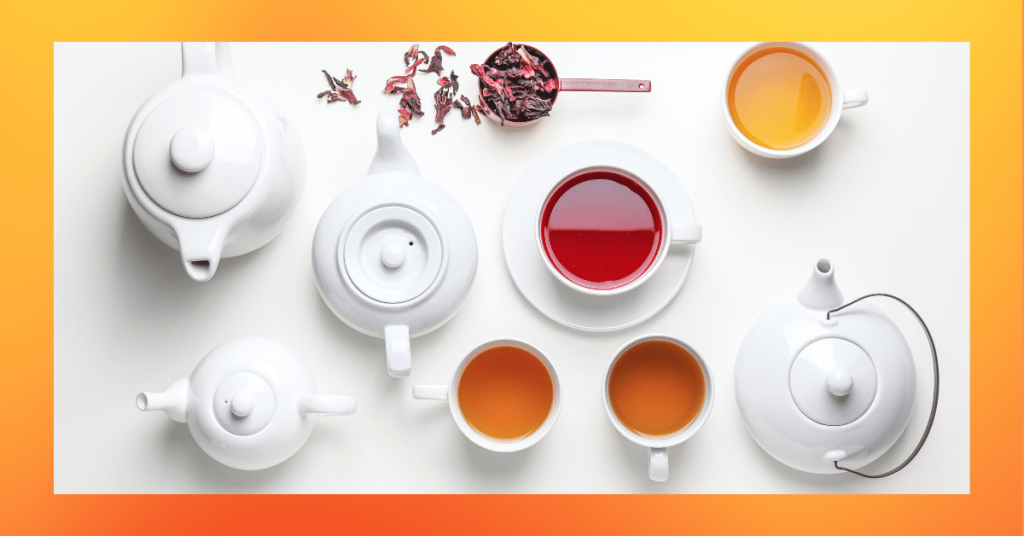Isn’t it frustrating when you carefully prepare a tea decoction, only to find it has lost its potency or gone bad within days?
Storing tea decoction properly is essential to maintain its flavor, aroma, and health benefits.
Whether you’re making herbal teas, medicinal brews, or your favorite everyday blends, knowing the right techniques for storage can make all the difference.
Understanding Tea Decoction

A tea decoction is a concentrated liquid made by simmering herbs, roots, or other plant materials in water. Unlike a simple tea infusion, which involves steeping leaves in hot water, a decoction extracts more of the plant’s active ingredients by boiling it over a longer period.
This process is widespread for tougher ingredients like roots, bark, and seeds. The result is a potent brew that can be used immediately or stored for later.
Why Proper Storage Matters
Proper storage of tea decoction is crucial for several reasons.
First, it preserves the active compounds that give the tea its medicinal or therapeutic properties.
Over time, these compounds can degrade, reducing the effectiveness of the decoction.
Second, improper storage can lead to bacterial growth, making the tea unsafe to consume.
Lastly, storing the decoction correctly ensures that the flavor and aroma remain intact, so you can enjoy the tea as it was intended.
Steps for Storing Tea Decoction
1. Cool the Decoction Immediately
After preparing the decoction, allow it to cool down at room temperature. It’s important not to leave it out for too long, as this can lead to the growth of bacteria or mold. Once it’s cooled, you can transfer it to a storage container.
2. Choose the Right Container
Selecting the right container is key to preserving your tea decoction.
Glass jars with airtight lids are ideal because they prevent air from entering and keep the decoction fresh.
Avoid using plastic containers, as they can absorb odors and chemicals, which may affect the taste and safety of the tea.
If glass is not available, stainless steel containers are another good option.
3. Refrigerate for Short-Term Storage

If you plan to use the decoction within a few days, refrigerating it is the best option.
Store the container in the refrigerator at a temperature between 35°F and 40°F (1.5°C and 4.5°C). This temperature range slows down the degradation process and prevents the growth of harmful bacteria.
Generally, tea decoctions can last up to five days in the fridge, but it’s always a good idea to check for any signs of spoilage before use.
4. Freezing for Long-Term Storage
For longer storage, freezing the decoction is a viable option.
Pour the cooled tea into ice cube trays or freezer-safe glass containers, leaving some space at the top to allow for expansion.
Once frozen, you can transfer the ice cubes or blocks to a sealed freezer bag or container.
Frozen tea decoctions can last for several months, but it’s best to use them within three to six months for optimal freshness.
5. Labeling and Dating
Always label your containers with the type of tea decoction and the date it was prepared. This helps you keep track of how long the decoction has been stored and ensures you use it before it loses its potency.
Labeling is especially important when you have multiple batches stored at the same time.
Tips for Using Stored Tea Decoction
1. Thawing Frozen Decoction
Whenever you want to use frozen tea decoction, leave it in the fridge overnight. Never thaw at room temperature if you want to avoid the development of bacteria. Once thawed, you can reheat the decoction on the stove or use it cold, depending on your preference.
2. Check for Spoilage
Before consuming stored tea decoction, always check for signs of spoilage. Look for any changes in color, texture, or smell. If the decoction has an off-putting odor, unusual appearance, or mold growth, discard it immediately.
3. Reheat with Care

If you’re reheating the decoction, do so gently on the stove. Avoid using the microwave, as it can cause uneven heating and potentially destroy some of the beneficial compounds in the tea. Heat the decoction until it’s warm but not boiling, as boiling can degrade its potency.
Common Mistakes to Avoid
1. Leaving Decoction Out for Too Long
One of the most common mistakes is leaving the decoction out at room temperature for an extended period. This provides a breeding ground for bacteria and mold, making the tea unsafe to drink. Always store the decoction promptly after it cools.
2. Using the Wrong Containers
Using plastic containers or those with loose-fitting lids can compromise the quality of your tea decoction. Plastic can leach chemicals into the tea, while loose lids allow air and moisture to enter, leading to spoilage.
3. Not Labeling or Dating
Forgetting to label or date your stored tea decoction can result in confusion and waste. Without proper labeling, you may not know how long the decoction has been stored, leading to the risk of consuming an expired product.
Final Word
Storing tea decoction properly is not just about extending its shelf life; it’s about preserving the health benefits, flavor, and safety of the tea.
By following these simple steps—cooling the decoction, choosing the right container, refrigerating or freezing, and labeling—you can ensure that your tea decoction remains fresh and potent for when you need it.
With a little care and attention, you can enjoy the full benefits of your tea decoction, whether it’s a daily brew or a special remedy prepared in advance.
Don’t let improper storage ruin your hard work. Store your tea decoction the right way and savor its goodness every time you take a sip.




